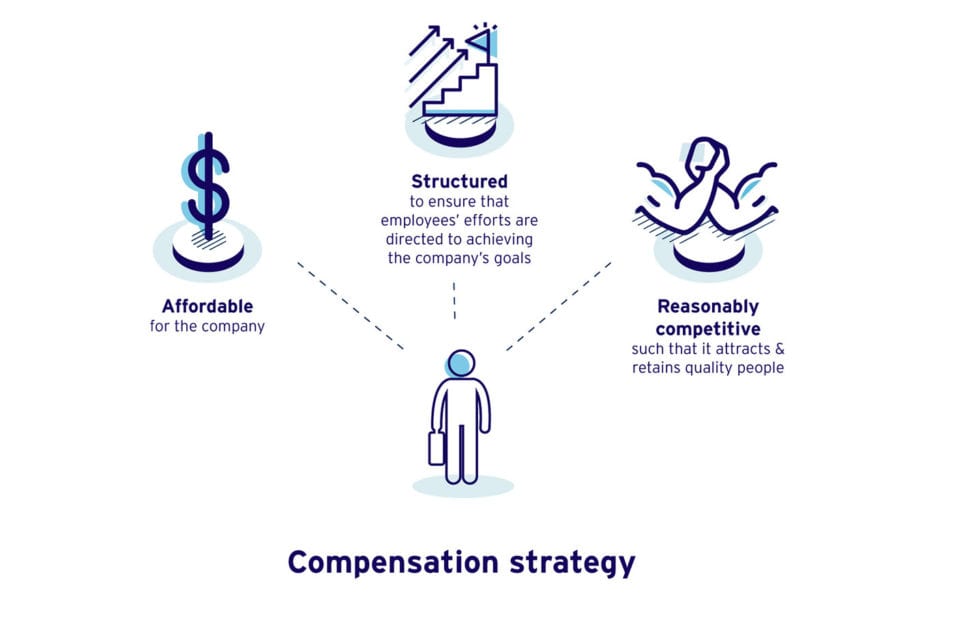Title: “Employers’ Guide to Workers’ Comp Support”
Introduction:
Understanding the role of employers in the workers’ compensation process is crucial for fostering a safe and supportive work environment. This article provides the latest insights, tips, and practical suggestions for employers navigating the complexities of workers’ compensation.
- Promoting Safety Culture:
- Regularly conduct safety training sessions for employees.
- Implement and enforce safety protocols to prevent workplace accidents.
- Encourage open communication about safety concerns.
- Immediate Reporting Protocols:
- Establish clear guidelines for reporting workplace injuries promptly.
- Train supervisors and employees on the importance of immediate reporting.
- Develop user-friendly reporting mechanisms to streamline the process.
- Accurate Record Keeping:
- Maintain accurate records of workplace injuries and incidents.
- Document details such as time, date, and nature of the incident.
- Keep track of any medical treatments or accommodations provided.
- Timely Communication:
- Communicate effectively with injured employees about the workers’ compensation process.
- Provide information on available benefits and support services.
- Keep employees updated on the progress of their claims.
- Collaboration with Insurers:
- Establish a positive working relationship with workers’ compensation insurance providers.
- Ensure timely communication of injury details to the insurer.
- Work collaboratively to facilitate a smooth claims process.
- Return-to-Work Programs:
- Develop structured return-to-work programs for employees recovering from injuries.
- Identify modified duties or accommodations to support a gradual return.
- Foster a supportive environment to boost employee morale.
- Navigating Legal Compliance:
- Stay informed about state-specific workers’ compensation laws and regulations.
- Ensure compliance with reporting requirements and timelines.
- Seek legal counsel to address any legal complexities or disputes.
- Employee Assistance Programs (EAPs):
- Offer Employee Assistance Programs to provide emotional and mental health support.
- Encourage employees to utilize available resources for coping with work-related stress.
- Promote a stigma-free environment for seeking mental health assistance.
- Risk Management Strategies:
- Implement risk management strategies to reduce the likelihood of workplace injuries.
- Regularly assess workplace hazards and take proactive measures to address them.
- Encourage employee involvement in identifying and mitigating risks.
Conclusion:
Employers play a pivotal role in ensuring a smooth and supportive workers’ compensation process. By prioritizing safety, maintaining open communication, and proactively addressing workplace hazards, employers can create an environment that not only prevents injuries but also supports employees in their recovery journey. This commitment not only benefits individual employees but contributes to a safer and more resilient workforce overall.

